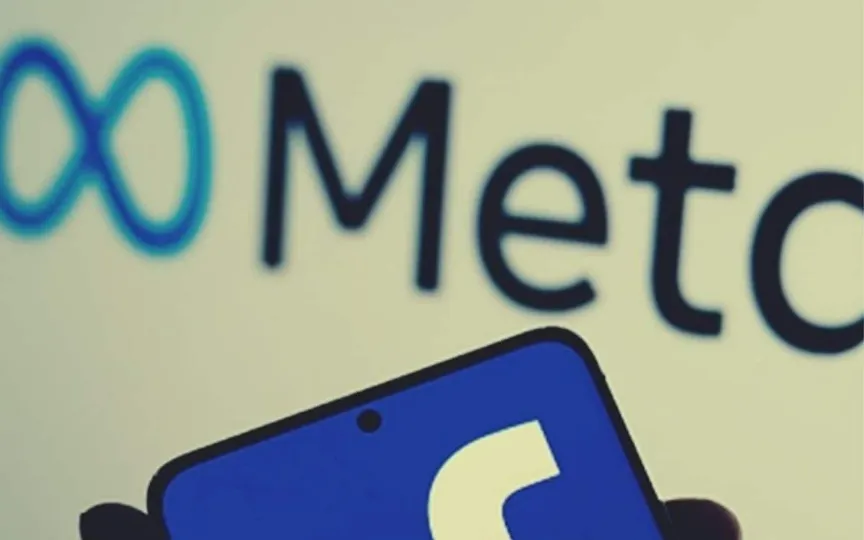Meta’s Upcoming Smart Glasses Could Enable Users to Stream Live Video
Meta, the parent company of popular social media platforms such as Facebook, Instagram, WhatsApp and others, plans to develop a new generation of Ray-Ban Stories smart glasses. These glasses allow users to stream video to viewers who can provide real-time feedback.
According to documents from technology journalist Janko Roettgers, the upcoming second-generation Ray-Ban Stories will allow users to stream videos to Facebook and Instagram. Viewers can also whisper in the user’s ear, as reported by The Verge.
Second generation Ray-Ban Stories users can stream on Facebook and Instagram. Although support for other services is currently unknown, according to Roettgers. “The glasses also allow live streamers to interact directly with their audience. The built-in headphones deliver commentary via voice,” Roettgers said.
In addition, smart glasses can include adaptive volume and additional audio features. With this feature, the glasses automatically monitor the noise level of the environment and increase the playback volume in noisy environments.
The current generation Ray-Ban Stories have integrated stereo speakers and can be used as Bluetooth headphones, and the device offers more direct integration with Spotify, allowing users to skip songs and a simpler image with a tap. Meta plans to bring similar features to other music services, but it has not been confirmed which service will be next, according to the report.
Meanwhile, on Thursday, Meta launched its own artificial intelligence tool called Code Llama for generating new code and debugging human-written work. The Large Language Model (LLM) can use text prompts for code generation and discussion. Code Llama can be used as a productivity and training tool to help programmers write more efficient and better documented software.
Code Llama is a code-specialized version of Llama 2 that was created by training Llama 2 on its code-specific datasets, taking more data from the same dataset for longer.




